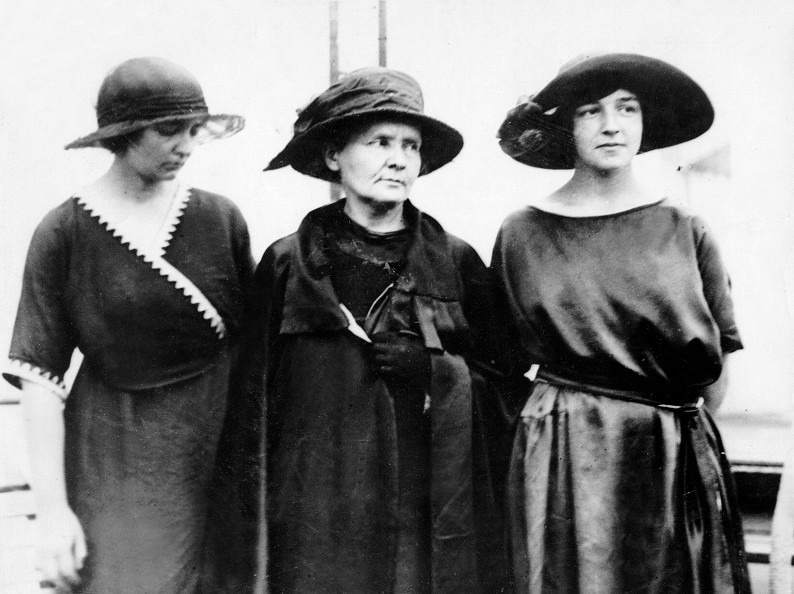Francium, a chemical element with the symbol “Fr” and atomic number 87, is known as one of the rarest elements on Earth, mainly due to the fact that scientists are still unable to produce or obtain a sufficient amount of this element for application purposes. Francium is the second-most electropositive element behind caesium, which means that is has a high tendency to form positive ions instead of electrons. In addition, francium is the second-rarest naturally occurring element on Earth behind astatine. This element is extremely radioactive, meaning that almost all of its isotopes will decay in just a few minutes or seconds. Its most stable isotope is francium-223 that has a half-life of 22 minutes, a lifespan that is still considered short among all elements. If it is so rare, how did its discoverer found out about it? Let us find out as we take a look at the interesting discovery of francium.
Discovery of Francium
Decades before the discovery of francium, there were already a lot of chemists proposing that there should be an element (specifically an alkali metal) that should be placed beyond caesium, and this element should have the atomic number 87. Before the 1900s, there were four claims on the discovery of francium that were identified, but all of these claims were proven to be false.
The first believable claim of discovery was by a Soviet chemist named D.K. Dobroserdov, who reviewed weak radioactivity in a sample of potassium in 1925. He concluded that the weak radioactivity is caused by the contamination of the mysterious element 87, which he named “russium” after Russia. However, he did not continue his research on element 87, and instead, he focuses on teaching the Polytechnic Institute of Odessa.
In 1926, there was another claim of discovery, and this time it is by English chemists Frederick H. Loring and Gerald J.F Druce, who analyzed X-ray photos of manganese sulfate. In those photos, they notice several spectral lines that they believed to be traces of element 87, and soon after their discovery, they published their findings and named the element “alkalinium,” meaning the heaviest alkali metal.
Four years after, Alabama Polytechnic Institute’s resident chemist Fred Allison published his findings on element 87 and 85, which he claimed to have found while analyzing lepidolite and pollucite using the institute’s magneto-optical machine. Allison named element 87 as “virginium,” which is supposed to pay homage to his home state of Virginia. However, his findings were proven to be false after H.G MacPherson of the University of California, Berkeley, reviewed his claims.
In 1936, two physicists named HoriaHulubei and Yvette Cauchois also analyzed the pollucite like Fred Allison, although their method of analyzing it was different since they used a high-resolution X-ray apparatus. In the machine, they observed some weak emission lines, and these lines are believed to have been traces of element 87. Hulubei and Cauchois eventually published their findings and named the new element “moldavium,” in honor of the Romanian province Moldavia, where Hulubei was born. One year later, the two scientists’ findings were criticized by F.H. Hirsh Jr., who stated that their research methods were erroneous. Hulubei retaliated with Hirsh’s claims, saying that the apparatus would make little to no mistakes in discovering the new element. Hulubei and Cauchois’ findings were also backed up by their mentor and Nobel Prize winner, Jean Baptiste Perrin, who picked the said study over the official discovery, which will later be published in 1939.
The official discovery of francium is credited to French physicist Marguerite Perey, who was working at the Curie Institute in Paris when she published her discovery. According to Perey, she discovered francium by purifying a sample of actinium-227 that has a decay energy of 220 keV. From there, Perey observed several decay particles that have an unusual energy level of below 80 keV. Perey first thought that this could only be a new decay product of the isotope she was analyzing, but after the decay particles appeared on another isotope, she concluded to be an isotope for a new element, which she will first call “actinium-K” (now known as francium-223).
In 1946, Perey proposed to name the new element “catium,” but her colleagues, including her mentor’s daughter Irene Joliot-Curie, opposed the name because its symbol will be similar to another called curium, so they asked Perey to come up with a new one. Perey then decided to call the element “francium,” which is inspired by her home country of France, and this became the official name registered by the International Union of Pure and Applied Chemistry or IUPAC in 1949. Francium was then given the symbol “Fr” in the periodic table. This element is considered to be the last one that will be discovered in nature, as the succeeding elements would be synthetically produced.


